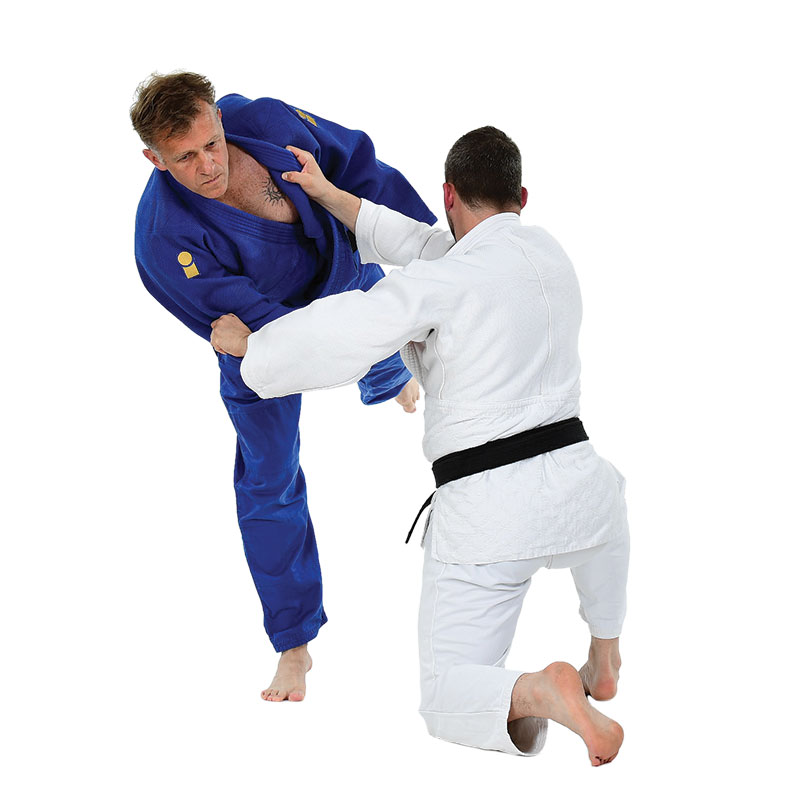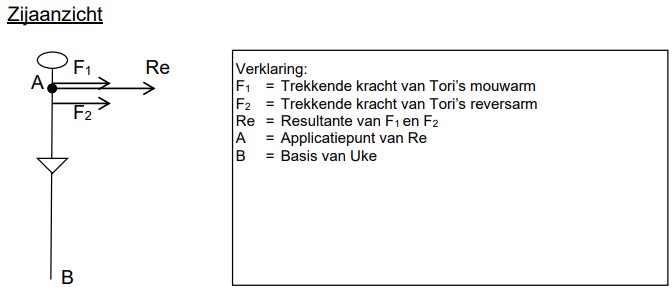Uki-otoshi 浮落
(Floating Drop)
Classification: Te-waza (Hand Technique)
Japanese meaning: Uki = floating, Otoshi = drop
Type: Arm throw
Technical Description
Uki-otoshi is a graceful and subtle throw that uses minimal force and precise timing. The goal is to create the sensation of uke “floating” off balance toward their right front corner (migi-mae), then be brought down in a controlled circular motion using the pull of both arms.
This technique is initiated from a standing or kneeling posture, often performed at a distance rather than in close contact. It’s one of the few judo throws that does not require body contact to execute — making it a masterclass in kuzushi (balance breaking), ma-ai (distance), and timing.

How to Perform
-
Kuzushi (Balance Breaking): Tori leads uke forward and diagonally with a gentle but clear pull, inviting uke to overcommit.
-
Tsukuri (Entry): Tori remains upright or kneels, anchoring their body and maintaining tension in the arms.
-
Kake (Execution): A sharp downward pull with both hands (on uke’s sleeve and lapel) guides uke’s momentum into a circular drop, causing them to fall forward and down — often without tori needing to move much.
Biomechanical Analysis of Uki-otoshi
Principle: Moment
-
F1 and F2 (Re): The pulling action of the hands generates rotational force.
-
B (Fulcrum): The ground becomes the pivot point around which uke rotates.
Tori essentially extends uke’s force vector beyond their center of gravity. By anchoring themselves (often by kneeling), tori converts uke’s forward momentum into a downward rotational path. The throw is performed by elongating the kinetic line of uke, who falls over their own point of imbalance.
This throw demands high sensitivity and is typically ineffective without correct timing and precision in kuzushi.

Did You Know?
Uki-otoshi is likely an homage to Kitō-ryū, one of the main jujutsu schools that inspired the founding of judo. Jigoro Kanō studied Kitō-ryū extensively and adopted many of its principles.
The essence of Uki-otoshi — “let it float, then drop” — reflects Kanō’s philosophical ideal of using minimal force and flowing with the opponent’s energy. This concept is poetically represented in the Koshiki-no-Kata, where a similar movement appears as the fifth technique under the name Mizu-nagare (Water Flow).
Kanō’s fascination with the imagery of water runs throughout his philosophy of judo. He believed that like water, the judoka should adapt, yield, and ultimately overcome. Uki-otoshi embodies this ideal: a technique where timing, softness, and control surpass brute strength.
“Let the water flow.” – Jigoro Kanō